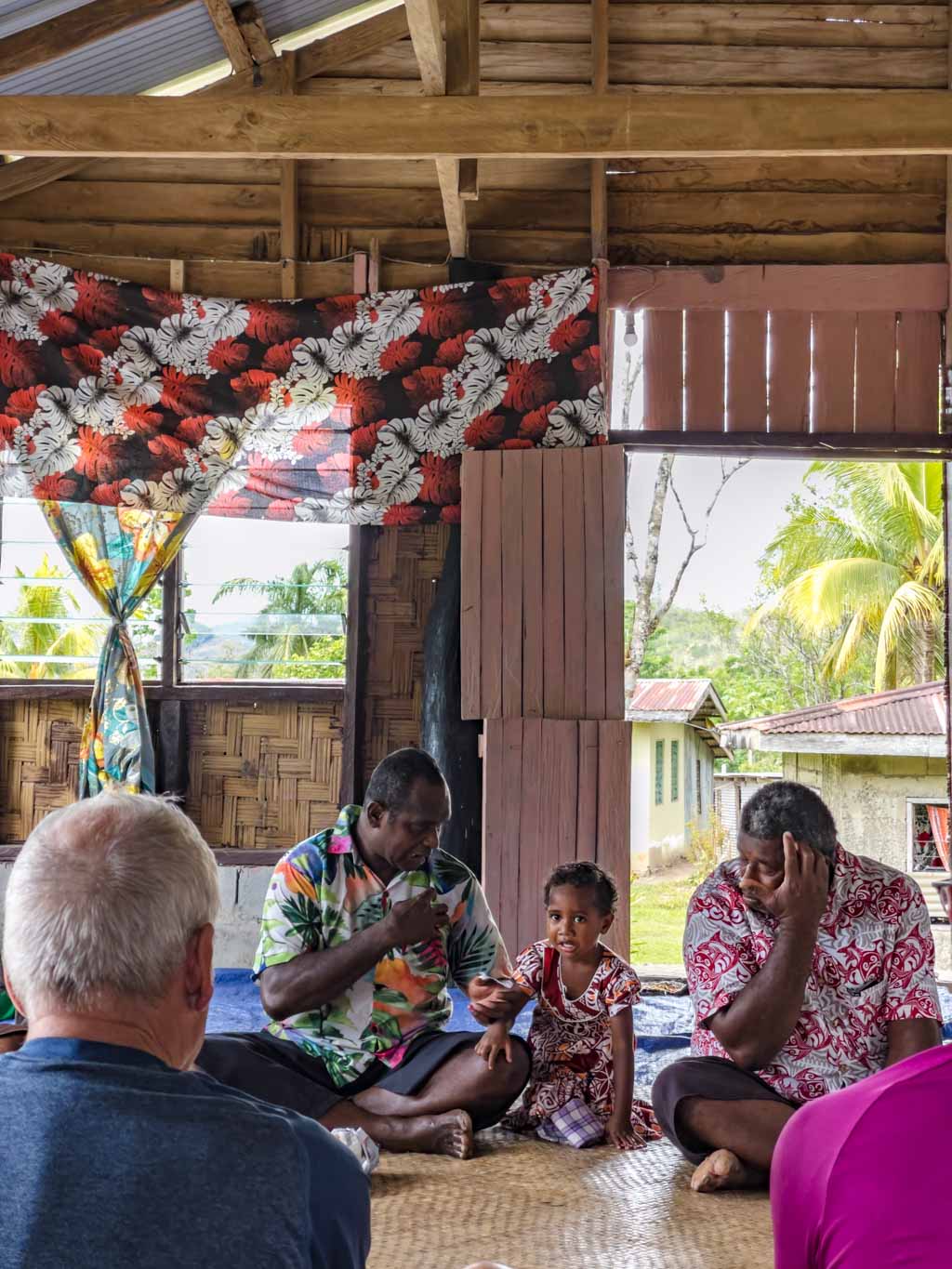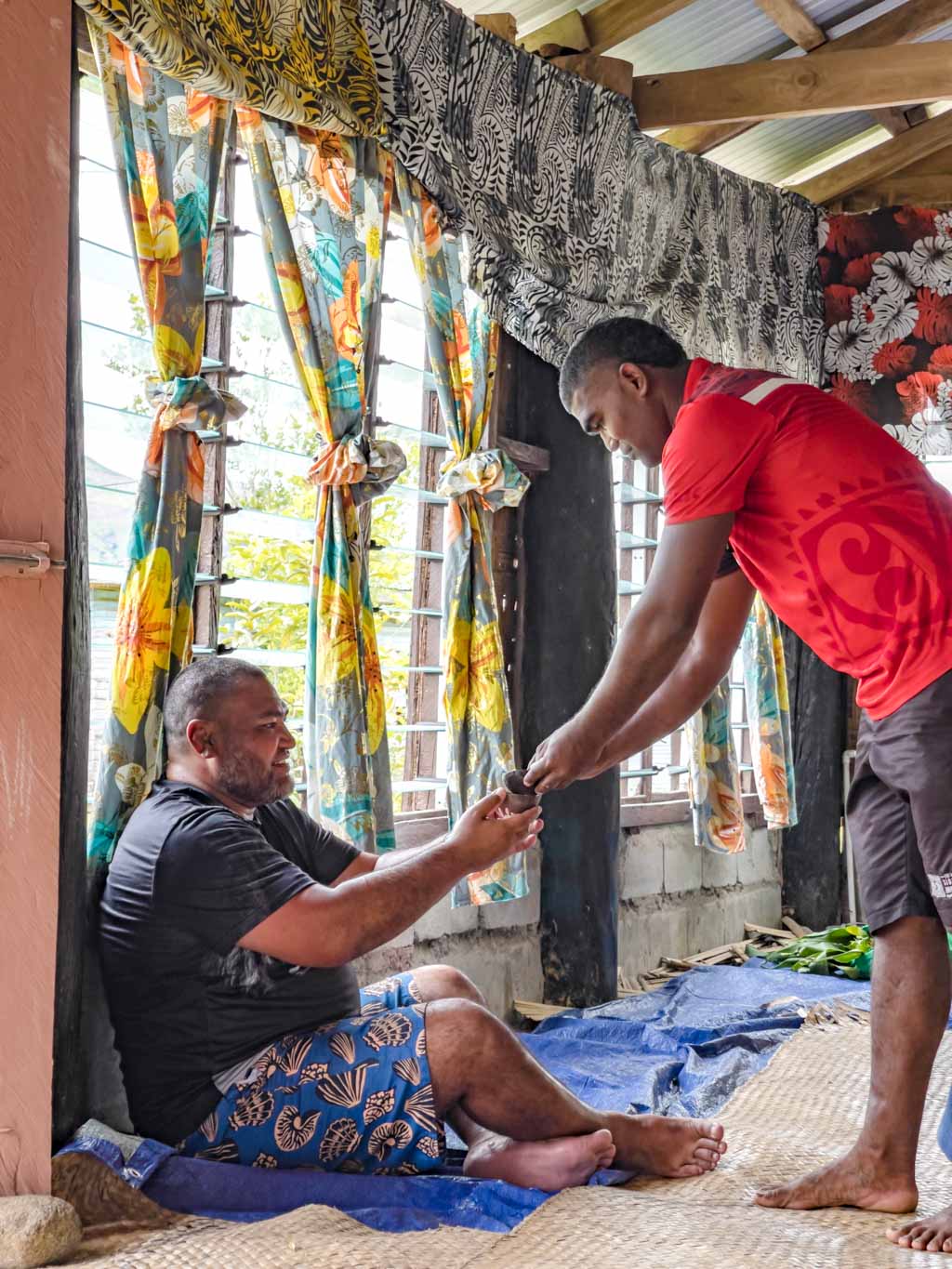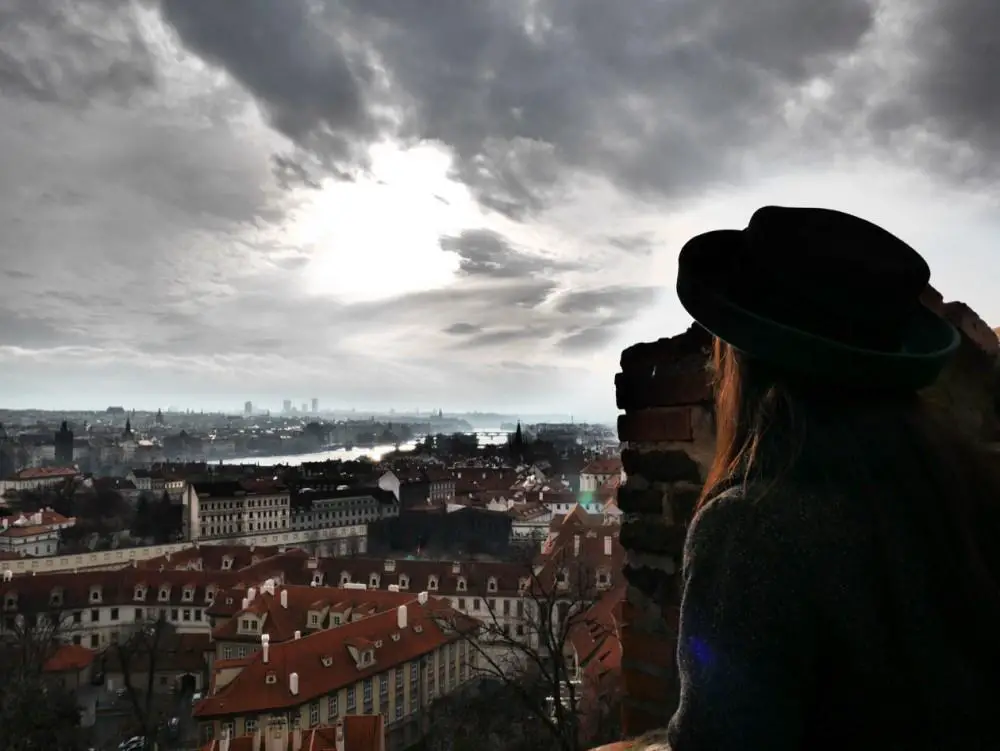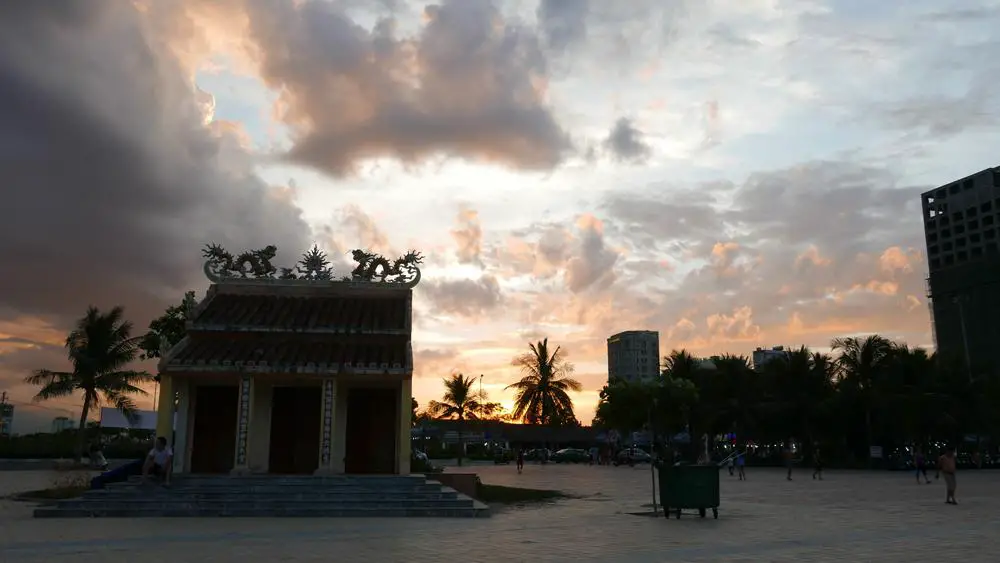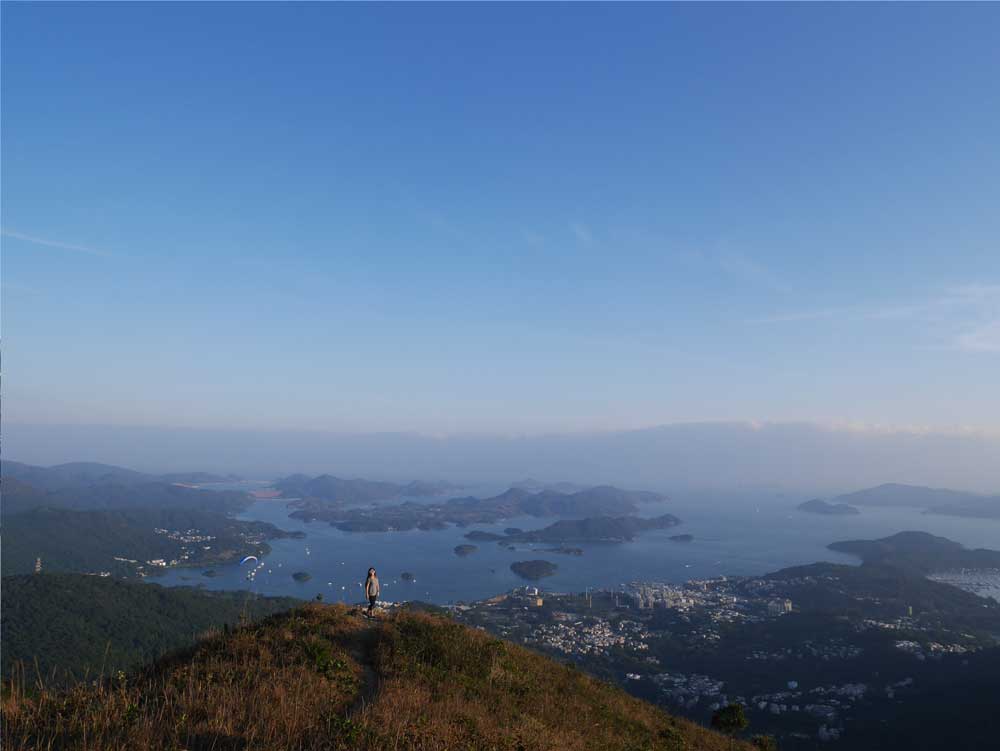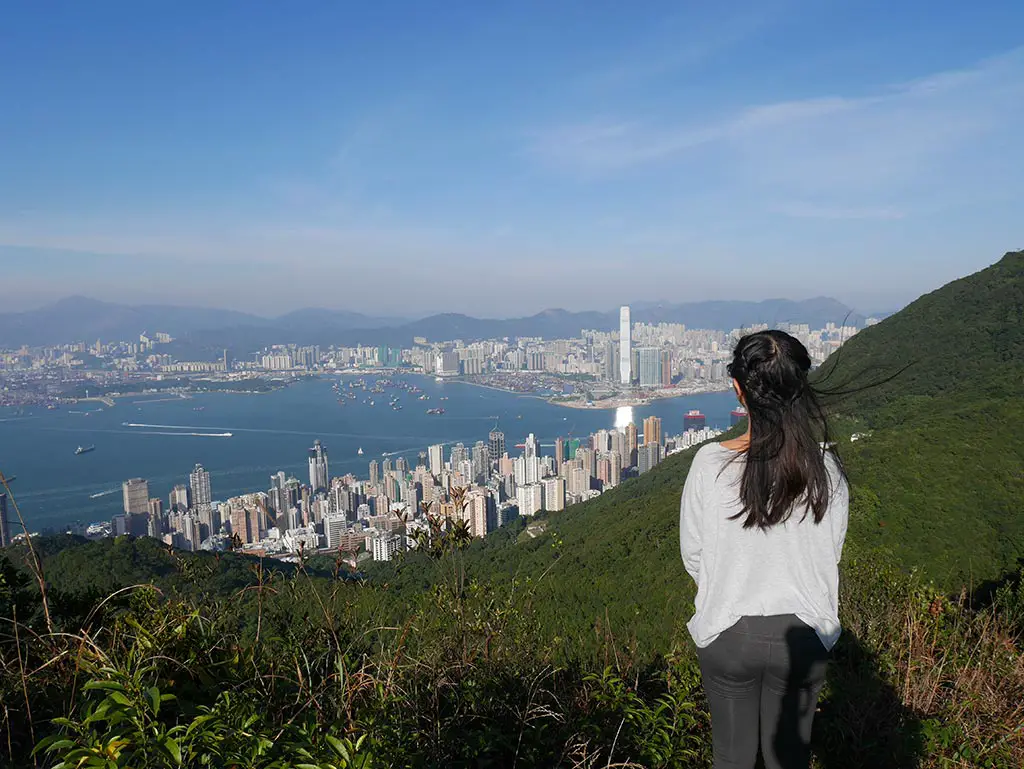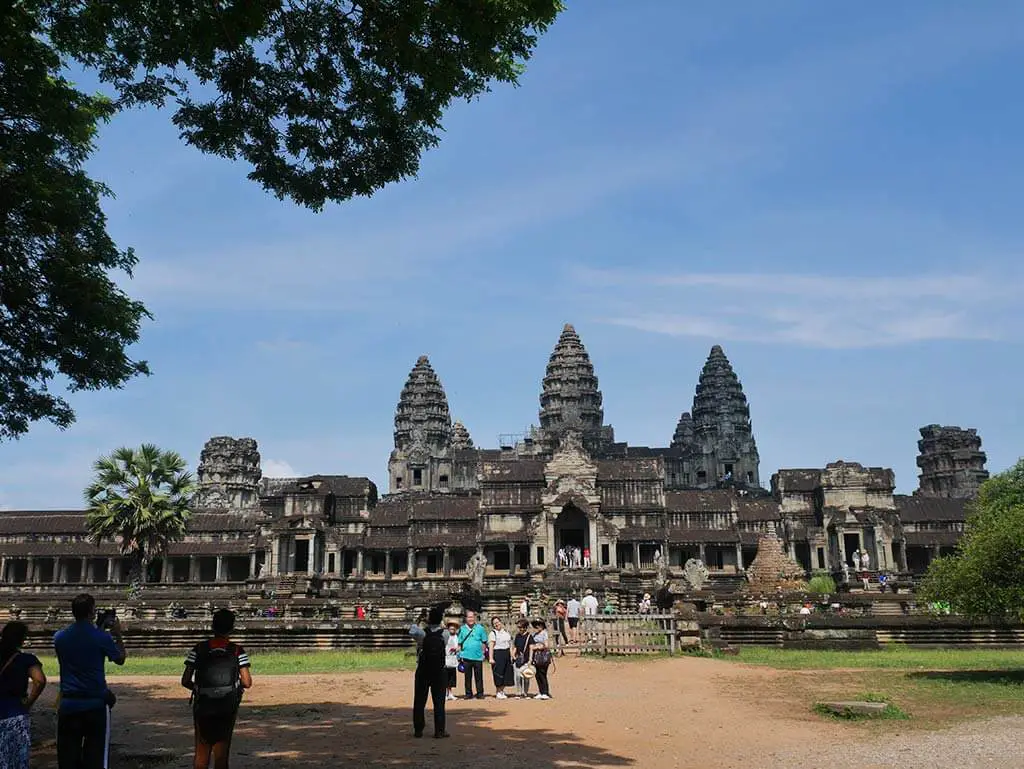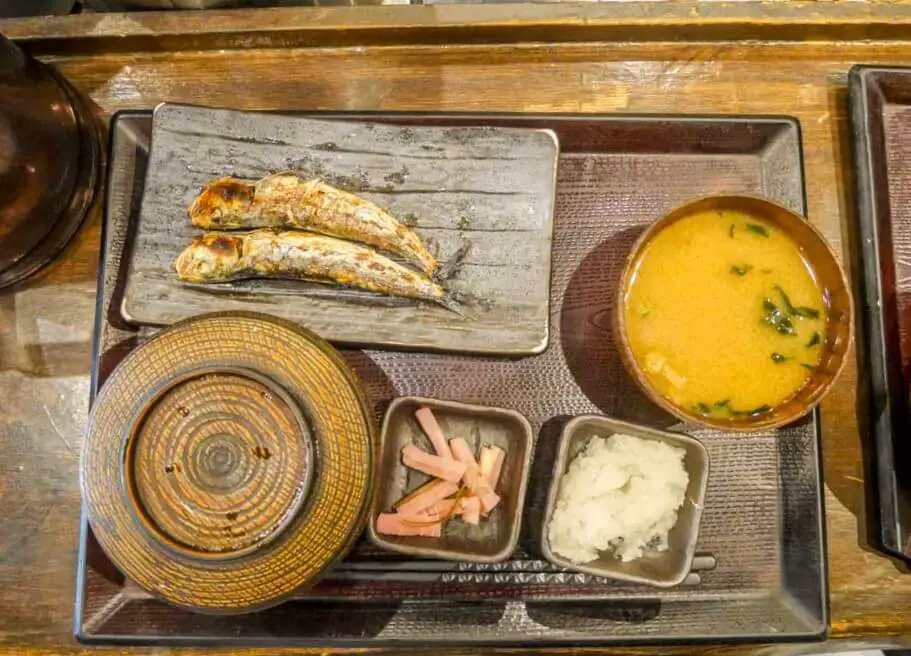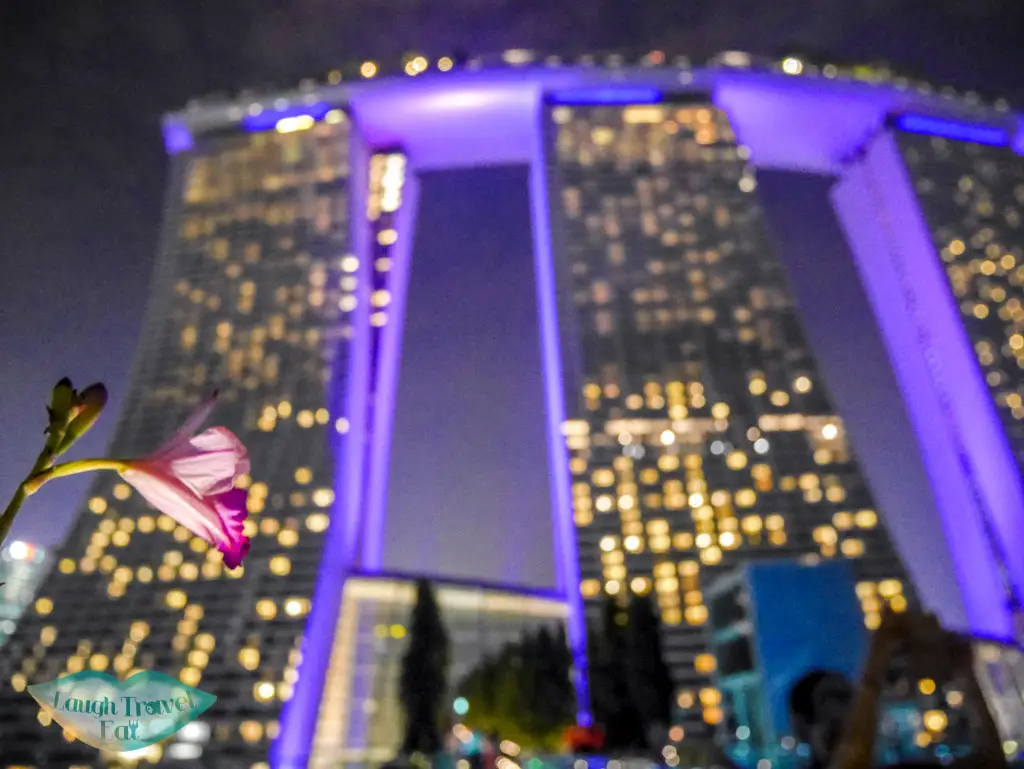If you are looking for a cultural venture with a slice of adrenaline, then Sigatoka River Safari is the thing to do in Fiji. This tour will take you on a jet ski boat ride along the Sigatoka River, the longest river on Viti Levu island, and into the heart of the Sigatoka Valley, where you will visit a traditional Fijian village and experience their way of life. It is a unique experience that will enrich your understanding and appreciation of Fiji and its people beyond the pristine beaches and peek into the culture behind the friendliest people in the world.
> See my tips on Fiji here
Table of Contents
An overview of Sigatoka Valley
The Sigatoka Valley is also known as the “Salad Bowl of Fiji”, because of its fertile soil and abundant crops. The valley is home to 52 villages, each with its own history and culture. The villages are located on both sides of the Sigatoka River, but the left (west) side has the main road, while the right (east) side has no bridges and is more isolated. Only 2-3 villages have boats to cross the river, and most of the villagers rely on agriculture for their livelihood. The valley is famous for its sweet pineapple, which is sold at the local markets and roadside stalls.
Sigatoka River Safari
The Sigatoka River Safari is a half-day tour that operates in the morning or afternoon. The tour includes pick up and drop off from your resort, and transfer to Sigatoka town, where you will sign in and sort into groups.
You will then drive to the jet ski boat center, where you will board a custom-built safari jet boat that can seat up to 17 passengers. You will be given a life jacket and you can also leave your change of clothes at the center. You will also meet your boat driver, who will be your guide for the trip.
What to pack for Sigatoka River Safari
I’d categorise Sigatoka River Safari as a mild adventurous activity as the physical intensity level is low. However, it’d be best to be prepared as I forgot to bring a change of clothes:
- Wear swimsuit underneath your clothes and or bring a change of clothes
- Dry bag for your electronics
- Wear shoes you don’t mind getting wet in
- Sunscreen, hat, and sunglasses
- Mosquito repellent
For the village visit, if you are a lady you’d be given a sarong to wear. If you would like to avoid that, then you need to wear a knee-length skirt, and preferably a top that covers your shoulder.
Jet Ski Cruise up Sigatoka River

The jet ski boat ride is a 17 km cruise into the Sigatoka Valley, along the winding and scenic river. Our boat driver Freddy was hilarious and informative, and it was a pleasure to zip up the river with the river and valley view.

We often see locals going about their daily life along the banks too, and almost always they’ll wave back at you!
Freddy also did a few sharp turns up, but he saved the fun moves for the return trip!
Village visit
The highlight of the Sigatoka River Safari is the village visit, where you will get to visit a local village and learn about their culture and traditions. The village that you will visit depends on the day of the week, as the tour rotates among 15 different villages to ensure that each village benefits from the tourism and that the villagers are not overwhelmed by the visitors. Each village has its own charm and personality, and you will be welcomed with open arms and warm smiles.
Note: the village we visited included a relatively steep albeit short hike up, which might be difficult for some.
Fijian village etiquette
Before you enter the village, you will learn the etiquette and customs that you need to follow. Your village guide will tell you this but here is what you need to know:
• In the village, women cannot wear pants, so you need a sarong over regardless. You will be given a free sarong at the Sigatoka town check-in if you are a lady.
• Hats are also not allowed as a sign of respect, so you need to remove them before you enter the village.
• You cannot reach above the elders, as this is considered rude. You need to ask for permission and thank them if you need to do so.
• You cannot touch people’s heads, as this is considered sacred. You need to apologize and clap your hands if you accidentally do so.
Kava welcome ceremony
The kava welcome ceremony, is a traditional ritual that involves drinking kava, a drink made from the root of a pepper plant. Kava is a mild narcotic that has a relaxing and calming effect, and it is used for social and ceremonial purposes. The kava ceremony is a sign of respect and friendship, and the first thing people visiting other villagers will do.
The kava ceremony will start with you presenting a gift of kava to the village chief or elder, who will accept it and give a welcome speech. Our defacto leader of the group is the oldest male, as per Fijian’s hierarchy for gender and age.
Then we headed to the village chief’s community hall for the welcoming ceremony. The men also enter first, then the women, taking off our shoes and sitting down on the weave mat.
A welcome speech was given by the chief and elders as our guide presented our kava. The kava will then be brewed in a large wooden bowl and strained with a cloth. The kava will be served by a boy, who will swing it around for people to see.
The first cup of kava will go to your elder, who will represent your group, and then to the village elder, who will represent the village. The rest of the cups will go to the other guests and villagers, who will clap their hands before and after drinking. The kava tastes very strong, like earthy tequila minus the alcohol, and has a tingly and numbing aftertaste.
It’s best not to drink too many cups even though the villagers will offer refills to you!
We were also given flower garlands and warpaints (which is now baby powder) by the village ladies, which was the custom back in the days.
Lunch at the community center
After the kava ceremony, we walked through the village to have lunch at the community center, where you will enjoy a delicious and authentic Fijian meal.

Since we’re in the valley, there was no seafood. The meal will consist of chicken, homemade bread, vegetables, and root crops, such as cassava, taro, and sweet potato. The food will be cooked in a traditional way, using an underground oven called a lovo. The food will be wrapped in banana leaves and placed on hot stones, and then covered with soil and left to cook for several hours. The result is a tender and flavorful feast that will satisfy your appetite.

The village visit will end with some dancing and singing, where you will get to see the villagers perform their traditional dances and songs, and also join them in the fun. The dances and songs are a way of expressing their culture and identity, and also celebrating their joy and gratitude. They invited everyone to join, and it always end in a Congo line!
Jet Ski Boat return

We returned on the jet ski boat as well, and this is where the adrenaline comes in. Remember to put your phone and things in a dry bag to prepare for the 360 degree spins.
The spins are not as scary as they sound, and they are actually quite fun. It wasn’t very violent but you will very likely get wet.
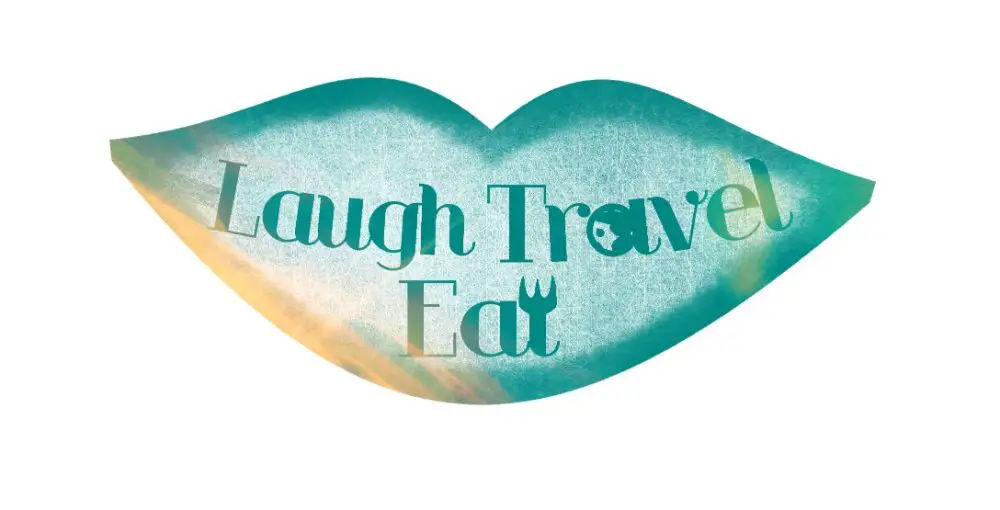

 中文 (香港)
中文 (香港)




